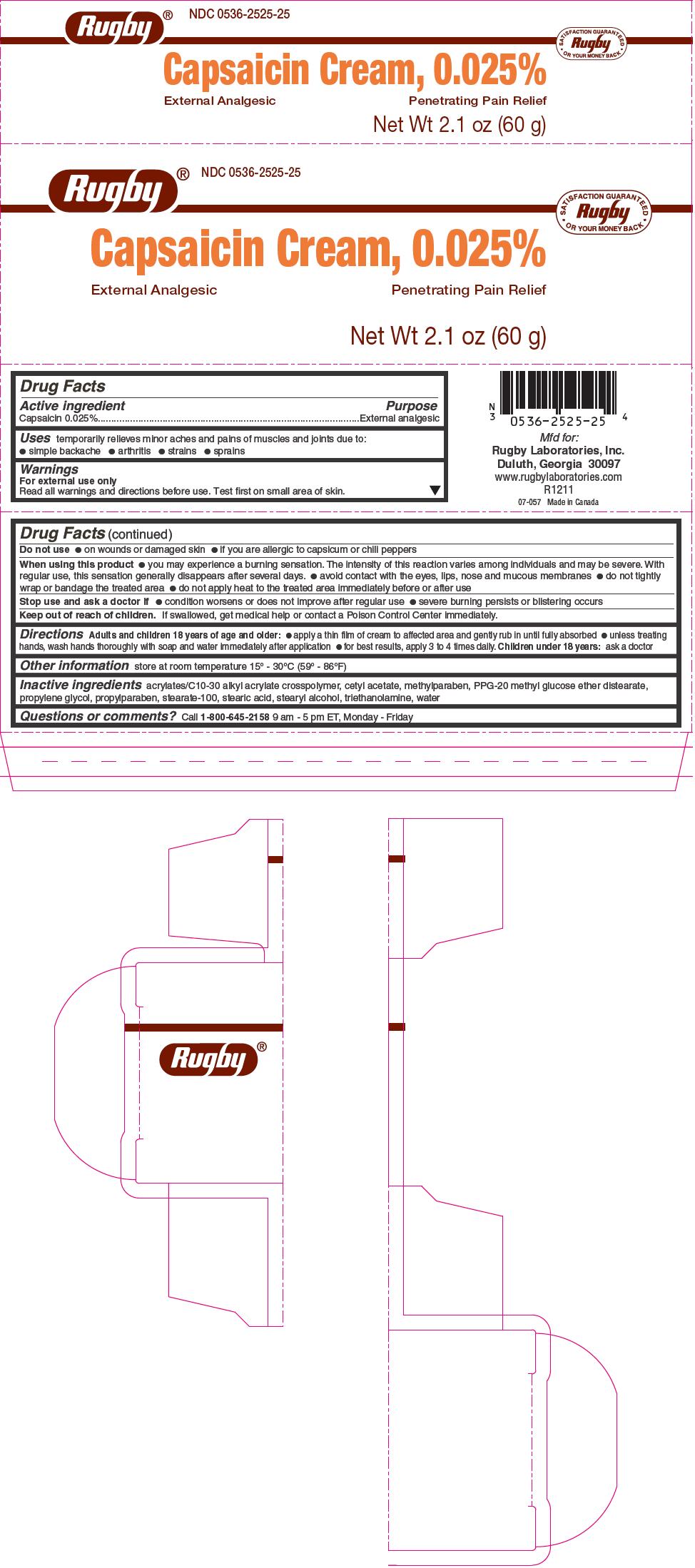

Capsaicin is also available in large bandages that can be applied to the back.
#Capsaicin cream ingredients skin
The capsaicin remains on the skin until the patient starts to feel the "heat," at which point it is promptly removed. Then, the capsaicin is applied by a therapist wearing rubber gloves and a face mask. The treatment typically involves the application of a topical anesthetic until the area is numb. Capsaicin may also be used as a cream for the temporary relief of minor aches and joint pain associated with arthritis, simple backache, strains, and sprains. It may be used in concentrations of between 0.025% and 0.075%. 2įDA-labeled indications for capsaicin are arthritis and musculoskeletal pain, and FDA-nonlabeled indications are neuropathy postoperative complications, postherpetic neuralgia, postoperative nausea and vomiting (prophylaxis), and psoriasis.Ĭapsaicin is currently used in topical ointments to relieve the pain of peripheral postherpetic neuralgia caused by shingles. Some hot sauces use their Scoville rating in advertising as a selling point. An alternative method for quantitative analysis uses high-performance liquid chromatography, making it possible to directly measure capsaicinoid content. This tool is also known as the Scoville Organoleptic Test. The Scoville Scale is a tool for measuring the hotness of a chili pepper, as defined by the amount of capsaicin it contains, and is named after its creator, W.

But since burning and irritation are common side effects, it may be wise to start using it slowly and build up a tolerance for larger quantities. 2Ĭapsaicin is a remarkable health-promoting substance. New studies from the American Association for Cancer Research suggest that capsaicin is also able to kill prostate cancer cells by causing them to undergo apoptosis. This medication is also used on the skin to relieve pain in conditions such as arthritis, psoriasis, or diabetic neuropathy. 2Ĭapsaicin is currently used in topical form for postherpetic neuralgia. The OC is then pressurized for use in pepper spray. The solvent is then evaporated, and the waxlike resin is emulsified with propylene glycol to suspend the OC in water. The active ingredient in pepper spray is oleoresin capsicum (OC) from chili peppers that is extracted in an organic solvent such as ethanol. Pepper spray, also known as capsicum spray, is a lachrymatory agent (a chemical compound that irritates the eyes to cause tears, pain, and even temporary blindness) used in crowd control and personal self-defense, including defense against dogs and bears. Dihydrocapsaicin (22%), nordihydrocapsaicin (7%), and homocapsaicin (1%) comprise 30% of the total capsaicinoids mixture and have about half the pungency of capsaicin. In 1961, substances similar to capsaicin were isolated from chili peppers by Japanese chemists, who named them capsaicinoids. The chemical structure of capsaicin was partly elucidated in 1919, and in 1930 capsaicin was chemically synthesized. In addition, it increased secretion of gastric acid and stimulated the nerve endings in the skin. Soon after, it was discovered that capsaicin caused a burning sensation in the mucous membranes. The amount of cayenne can be increased or decreased to make the batch more or less potent.Capsaicin is a chemical compound that was first isolated from chili peppers in crystalline form in 1878. Like almost any other recipe, the recipe for homemade capsaicin cream can be adjusted to suit personal preferences. Watch: Video: Reduce Arthritis Inflammation with this Homemade CreamĬan be adjusted for potency. For example, one over-the-counter capsaicin cream lists inactive ingredients including benzyl alcohol, cetyl alcohol, glyceryl stearate, isopropyl myristate, PEG-40 stearate, petrolatum, sorbitol, and water. Store bought capsaicin creams typically contain 0.1% capsaicin and several inactive ingredients that both aid in the cream’s application and absorption and ensure the product can be stored at room temperature for months or years. Homemade capsaicin uses familiar ingredients, such as cayenne powder and coconut oil, which can be found in your pantry. Why would a person make capsaicin cream at home rather than buying it at the store? Homemade capsaicin creams offer several advantages.


 0 kommentar(er)
0 kommentar(er)
